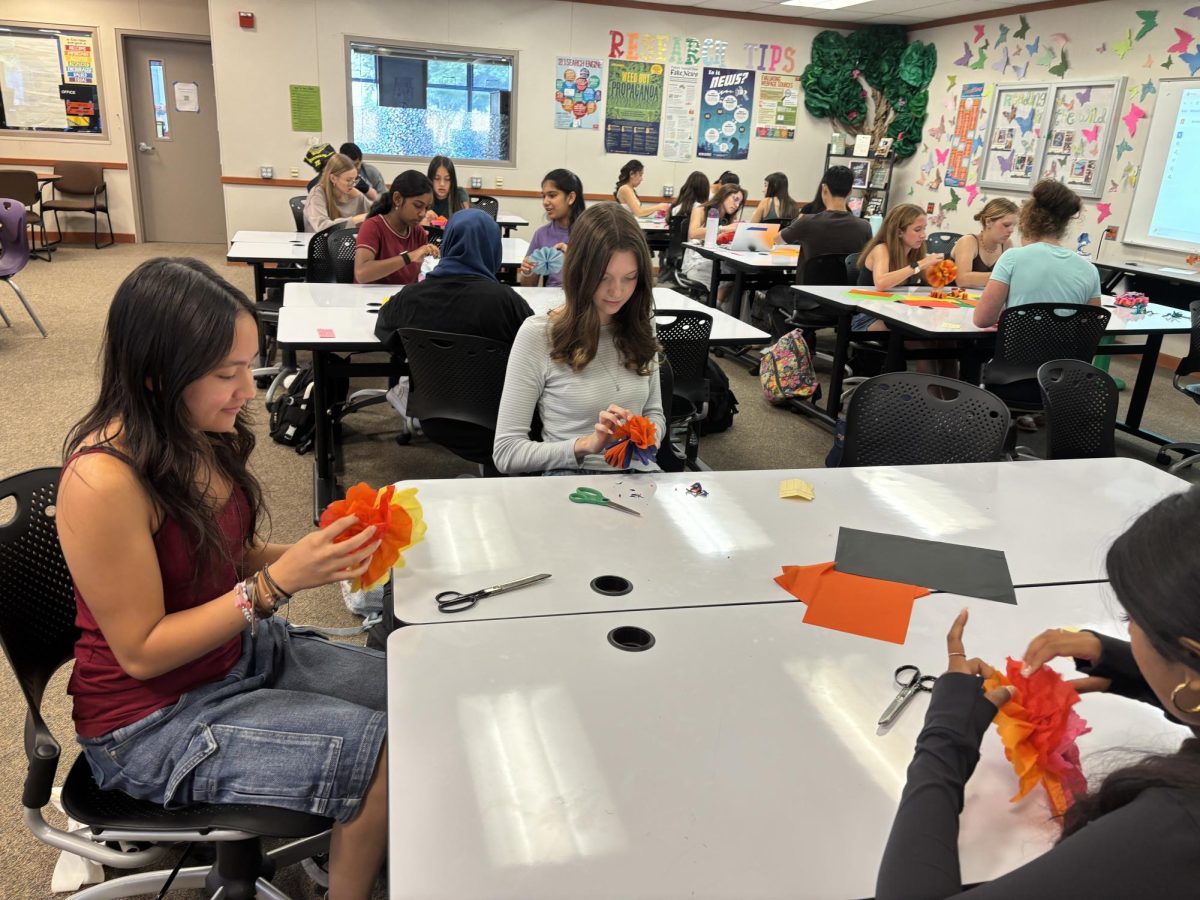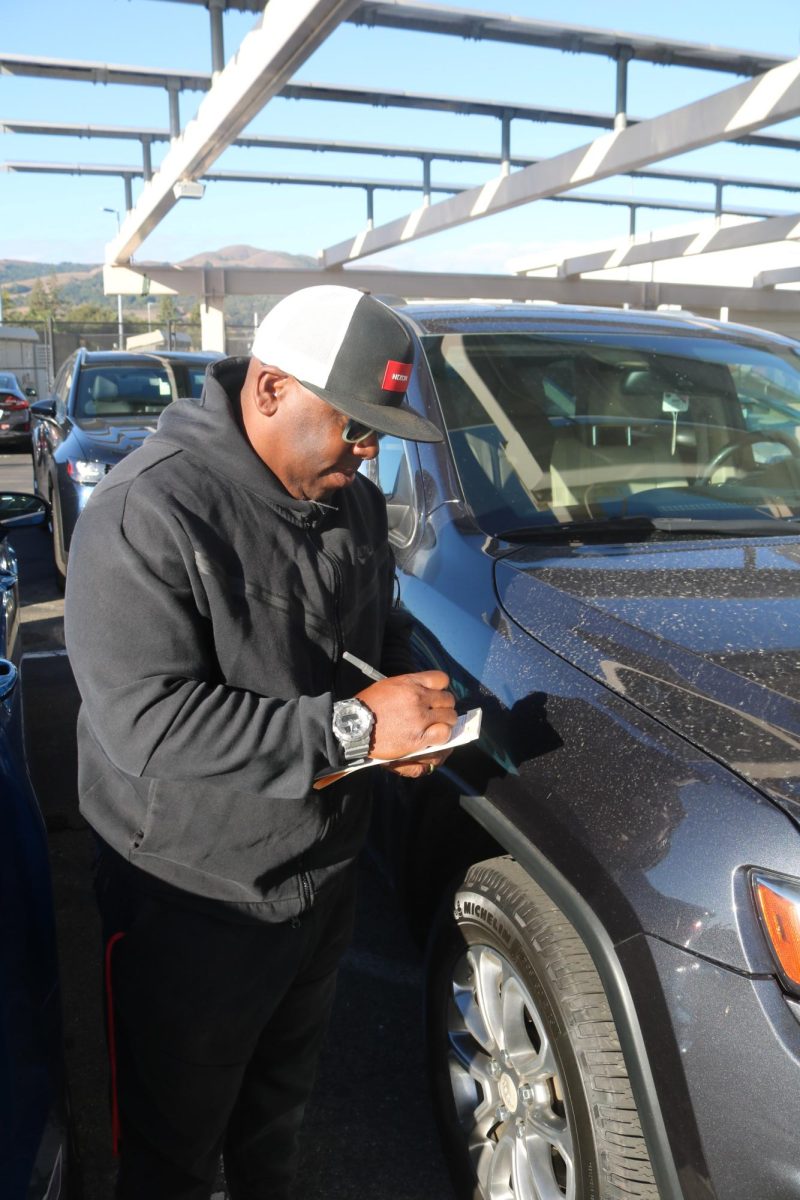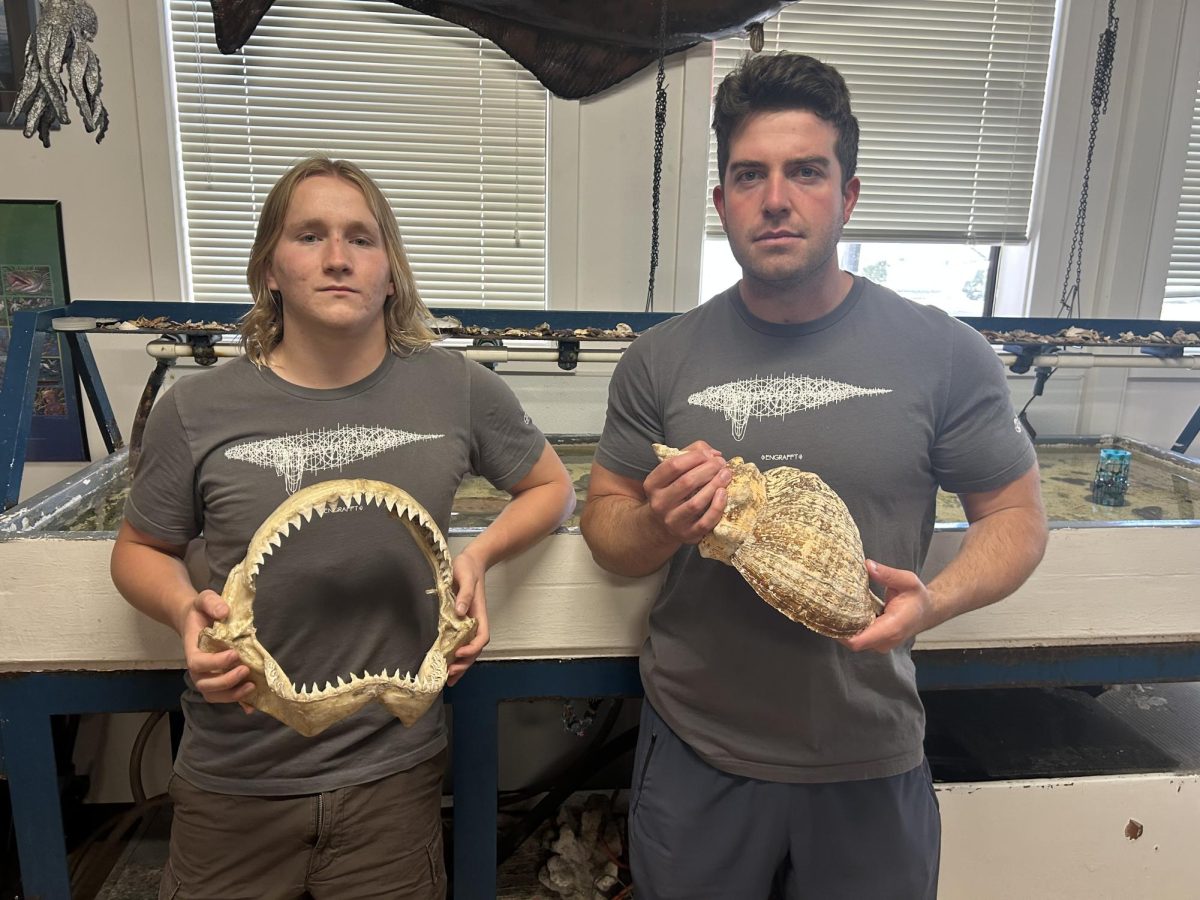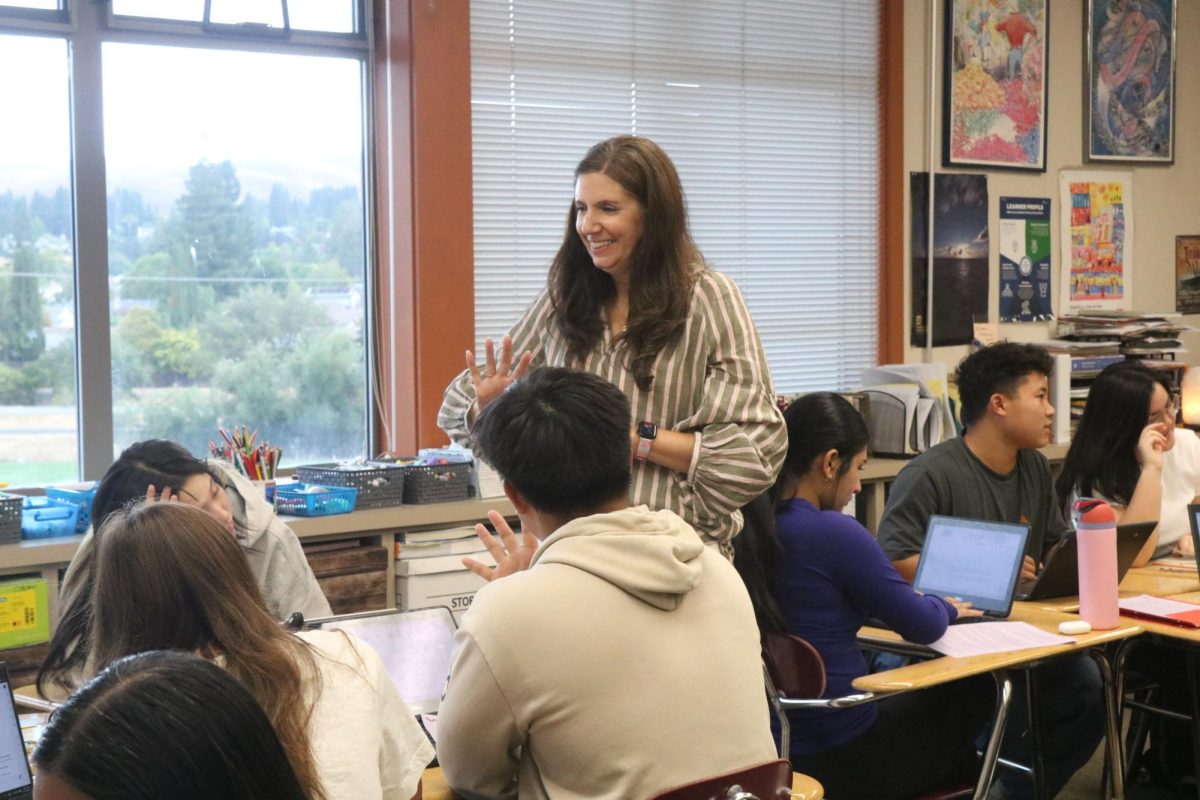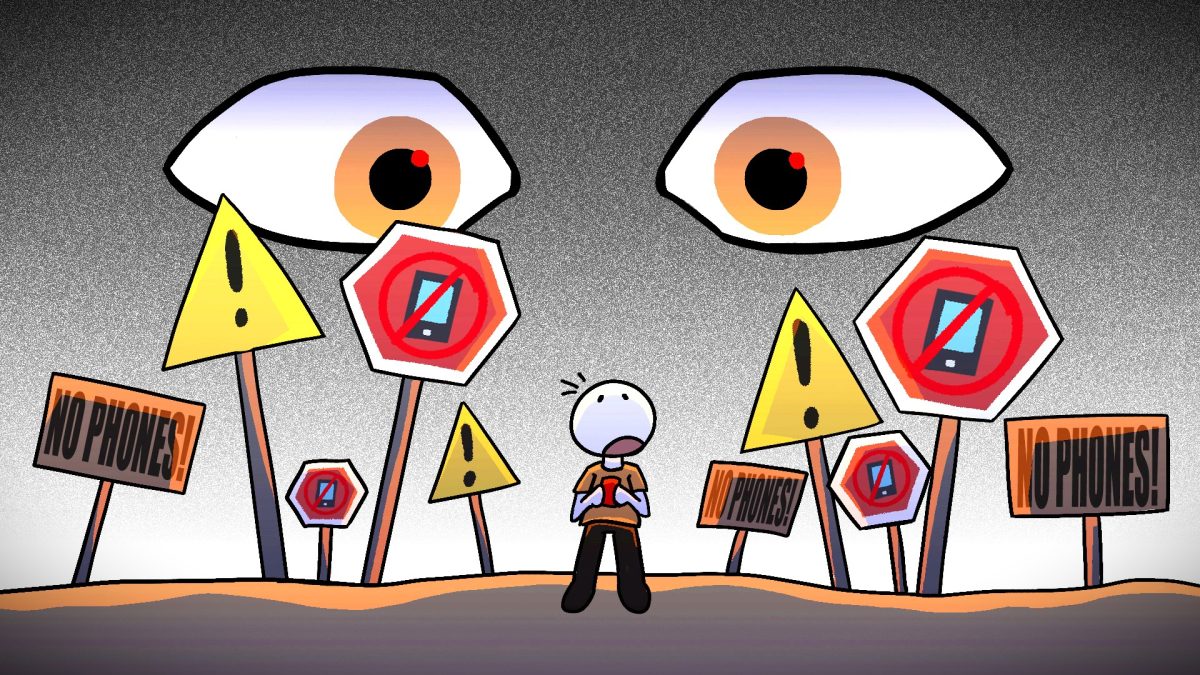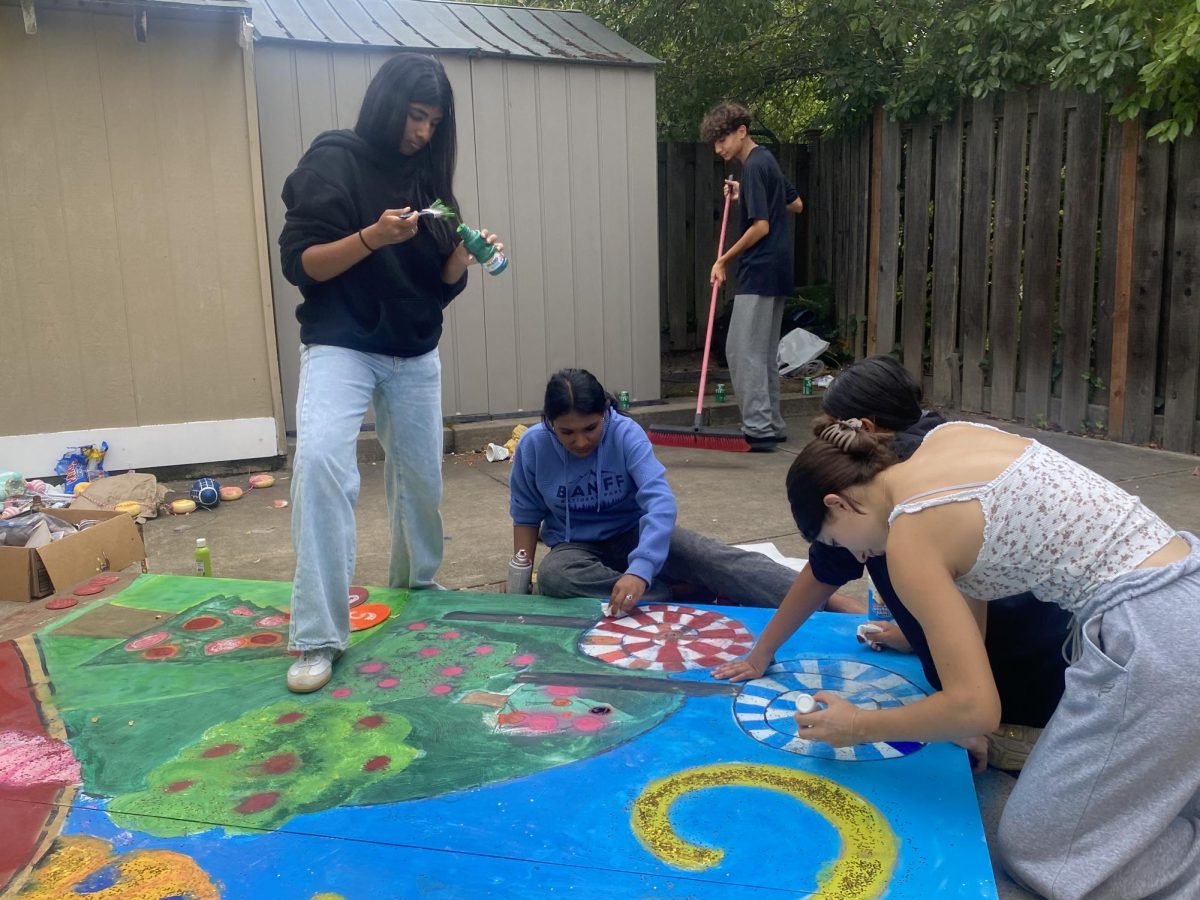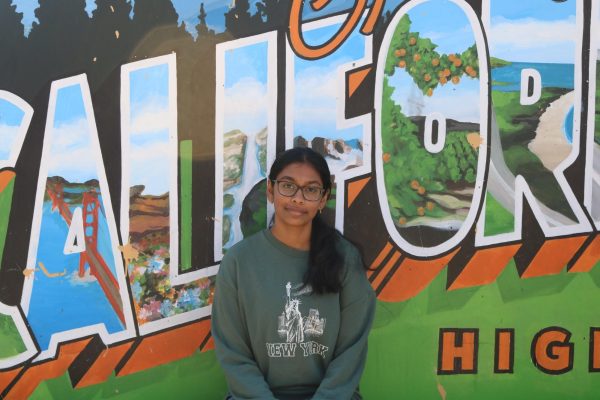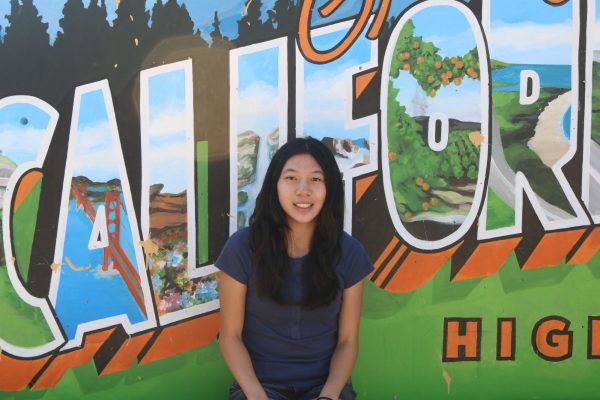Cal High began utilizing the responsive scheduler system in Infinite Campus for student support this year instead of having students stay in their first or second period classes as has been done in the past.
Students now have the option of signing up online for available student support classes in advance for the coming week. The sign up window is open Thursday through Sunday night to choose their support classes, which are generally offered every day but Wednesday.
When the system originally kicked off in late August, students had to sign up by Friday night, but that changed this week.
The goal of the responsive scheduler is to make sure students have access to the academic support they need, Cal Principal Demetrius Ball said during a press conference with The Californian last month.
He added that one of the major reasons why the school decided to use responsive scheduler system was to have evidence of the success, or lack thereof, of the 30-minute student support period. But he feels the system could still be improved.
“There’s not that [much] responsiveness in the responsive scheduler right now,” Ball said. “And maybe there is, but we haven’t figured it out yet, but that’s where we want to make it more responsive so that it makes sense.”
Monte Vista and San Ramon Valley high schools have been using the system for the past four years.
Cal and Dougherty Valley are the last two schools in the San Ramon Valley School District to implement the system.
Freshmen are familiar with responsive scheduler as it was implemented across all district middle schools in previous years. But sophomores, juniors, seniors, and staff are still adjusting to the new system.
According to a survey emailed to all students by The Californian, 81 of the 131 students who responded (60%) indicated they prefer the old system over the new responsive scheduler system.
The survey showed that 105 of the 131 respondents (80.2%) liked not having to plan in advance by signing up for support classes each week, while 83 of the 131 respondents (63.4%) also preferred chilling in class.
Some students are still struggling to sign up for support.
Administrators emailed teachers on Sept. 26 indicating that 829 students had not signed up for student support for the week of Sept. 29 to Oct. 3. The following week, 1,400 students still needed to sign up a day before the window closed.
Students who do not sign up for support are put into classes with administrators to ensure they sign up the following week.
Senior Garrett Fatherley said having to sign up ahead of time and constantly check where he needs to go are all negative aspects of the system.
“The system feels really clunky, like there’s no search options, no filters that the teachers can put on,” Fatherley said. “So you have to search through all [the] supports, even ones you are not allowed to go to.”
The scheduler is formatted in alphabetical order showing all offerings, requiring students to scroll through about 100 classes.
“This new system feels like a good starting point, but it is nowhere near perfect,” Fatherley said.
Students have a variety of ideas how the system can be improved.
“I think student support can be fun by having more fun and interactive classes rather than having general support and academic student support,” freshman Jharna Dalia said.
There are some aspects of the new system that students do like.
The survey indicated that 72 of the 131 respondents (55%) liked coordinating tutorial locations with their friends and 62 of the 131 (47%) thought it was easier to take tests and receive support from teachers with the new system.
Junior Zahra Zakai said with the new system, she gets more study time, it’s easier to finish retakes and get extra support, and take part in more recreational activities. But Zakai said there are some improvements to be made.
“I think lots of students ignore the ‘For and former students only’ in the student support description, making it harder for the actual students to attend,” Zakai said. “Maybe responsive scheduler should have an actual blocking to people who didn’t have the class before or don’t have the class currently.”
Students are not the only ones with thoughts on the change.
While over 60% of students prefer the old system, a survey emailed to all staff members by The Californian showed the exact opposite.
Of the 38 teachers who responded, 25 (65%) prefer the new system.
29 of the 38 teachers (76%) indicated that they liked being able to host support sessions for specific students, while 27 of the 38 teachers (71%) also selected liked being able to host any student support session they wanted.
Principles of biomedical science teacher Joanna Condon said that despite the extra work involved with the new system, including setting up labs for longer periods of time than she normally would have done with the old system, she fully prefers the new system because of one key word: accountability.
She also said that with the old system, students would say they were going to another class but then not show up and instead walk around campus.
“Before it was easier to slip through the cracks,” Condon said.
But there are some teachers who prefer the old system. 13 of the 38 teachers who responded (35%) said that they preferred the old system, mostly because they liked only having students they knew in their classroom during the support period. With the scheduler, some students are signing up for teachers who never had them.
Although AP Environmental Science and chemistry teacher Sarah Gipson preferred the old system, she said she didn’t like how she had to “babysit” her first or second period classes while trying to support students who need help.
“[I like the] flexibility and spontaneity of being able to help people,” Gipson said about the old system.
The responsive scheduling system may take some time to get used to, but in the long run, Ball said it will continue to improve to suit the needs of the majority of students better.
“We’ll know how we can better adjust so that it’s working better for everyone,” Ball said.
